Energy Efficiency Clauses in Charter Party Agreements. Legal and Economic Perspectives and their Application to Ocean Grain Transport/Положения об энергоэффективности в чартерных соглашениях. Правовые и экономические перспективы и их применение в морских перевозках зерна
Книга на английском языке
Ships’ performance has traditionally been referred to in charter contracts as warranties of speed and consumption at some defined loading condition. Such simplistic warranties have worked, probably because they are easy to understand and because it is similarly easy to determine if they are breached. The question if simple speed and consumption warranties are effective and are incentivizing a desired behavior amongst the decision makers in the industry could seem of less importance.
A ship’s operational performance is a reflection of so many different parameters.
One set of these are a ship’s design characteristics, such as propulsion train design and hull design. Historically, the hull design of a ship was determined by the ship yard designers, taking into account contract design values for speed and consumption at design draught. For some designs these could be complemented by a similar set of ballast draught values.
Today, the International Maritime Organization have adopted mandatory design efficiency requirements for the major ship types in the form of Energy Efficiency Design Index (EEDI). The regulation basically specifies an additional loading condition to which it attaches a maximum power/speed correlation. In theory, the EEDI in combination with traditional new building contract specifications should cater for more energy efficient ships across their operating draught ranges.
A ship’s designed energy efficiency is to some extent reflected in the warranted speed and consumption values that traditionally are used in charter parties, but only to some extent. Warranties reflect the sum of operational behavior, environmental conditions expected to be encountered throughout the voyages and the designed energy efficiency.
It is a traditional view that the charter parties of today makes it an implicit obligation to always seek to execute the contracted voyages as efficient as possible.
It is also a traditional view that the legal parties to charter arrangements have freedom to agree on any supplemental clauses, including clauses on how to share benefits if so wished. However, it appears that most short term charter parties are currently agreed without such additional provisions.
This book makes an effort to suggest ways to separate the designed energy efficiency from the actual operational efficiency to allow shipowners and charterers obtain transparency and henceforth share benefits between the contractual parties. It suggests ways to quantify these benefits and makes legal analysis on how the quantified benefits may be incorporated in charter party terms to obtain the desired behavior.
Contents
Part I Prologue
1 Introduction
1.1 Preamble
1.2 Design Energy Efficiency Contracting in Charter Parties
1.3 Outline of the Book
Part II Qualitative Part
2 Literature Review
2.1 Preamble
2.2 Design Energy Efficiency Improvements
2.3 Types of Charter Party Agreements
2.4 Barriers on Implementing the Design Energy Efficiency Improvements
3 Methodology
3.1 Preamble
3.2 Research Design
3.2.1 Research Method
4 Analysis and Findings
4.1 Preamble
4.2 Initial Coding: Themes, Properties and Dimensions
4.3 Theory Building: Balancing the Interests for Design Energy Efficiency Improvements
4.4 Focused Coding: Content Analysis of Charter Party Contracts
4.5 Revisiting the Theory from the Initial Coding
Part III Quantitative Part
5 Chartering Negotiations for Energy Efficiency
5.1 Preamble
5.2 Theoretical Applications of Games Within Chartering
5.3 Game Theory Model for Sharing Scheme Determination
5.4 Energy Efficiency Investment Appraisal
5.5 Conceptualizing the Generated Knowledge
6 Application - Ocean Grain Transportation
6.1 Preamble
6.2 Trading Grains by Sea
6.3 Dealing with the Inherent Uncertainties
6.4 Energy Efficiency Sharing Scheme for Handymax Vessel
6.5 Energy Efficiency Sharing Scheme for Panamax Vessel
6.6 Commenting Remarks Part IV Epilogue
7 Conclusions, Limitations and Recommendations
7.1 Preamble
7.2 Conclusions
7.3 Limitations and Suggestions for Further Research
7.4 Recommendations
Appendix A: Generic Bulk Carrier Designs
Appendix B: Parametric Distribution Fitting to Observed Data
Appendix C: Monte Carlo Simulation
Appendix D: Parameter Change Interval
Appendix E: Assigned Parametric Distributions
Appendix F: Simulated Variables
Appendix G: Milestones of the Book
Glossary
References
Index
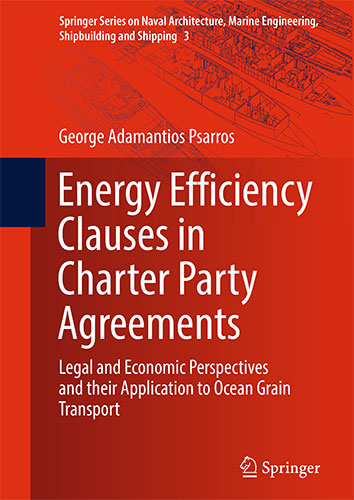
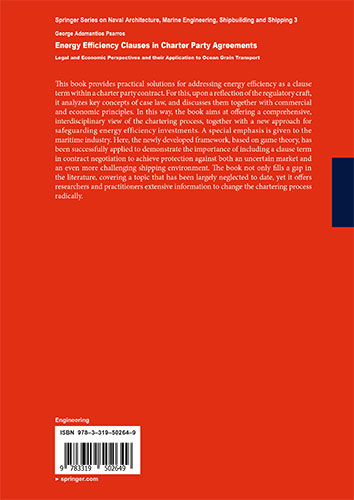



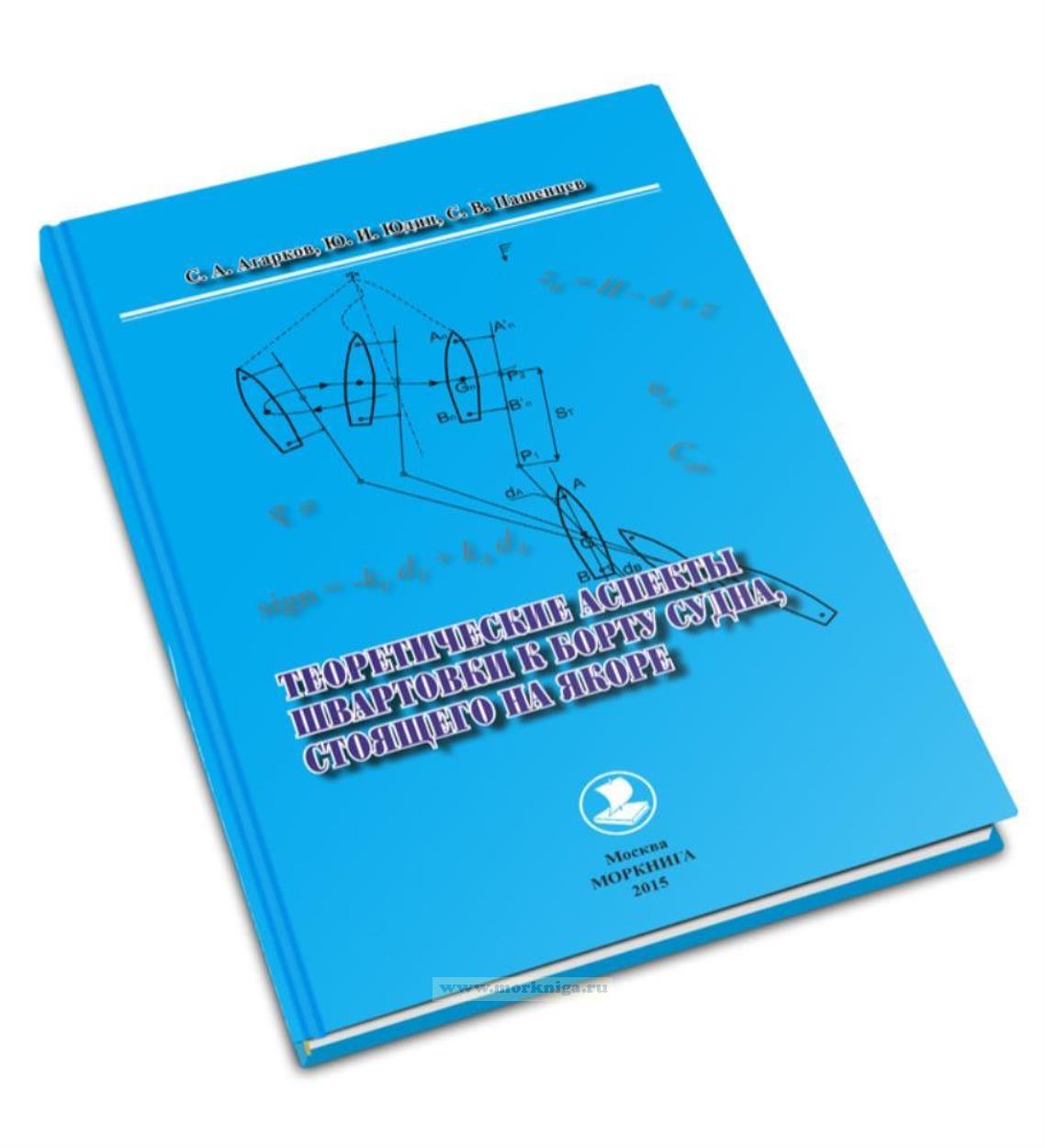 Теоретические аспекты швартовки к борту судна, стоящего на якоре
Теоретические аспекты швартовки к борту судна, стоящего на якоре 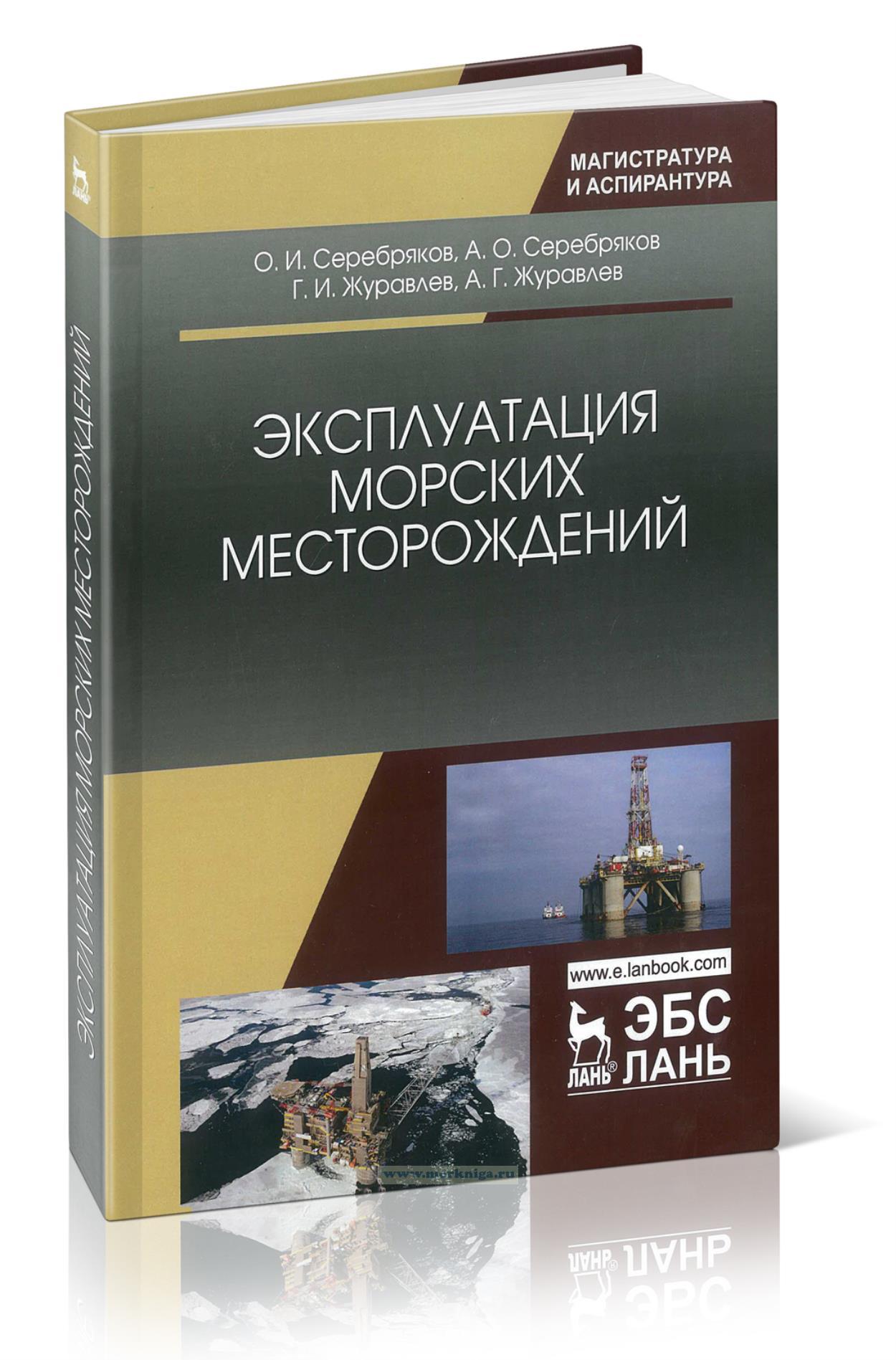 Эксплуатация морских месторождений
Эксплуатация морских месторождений 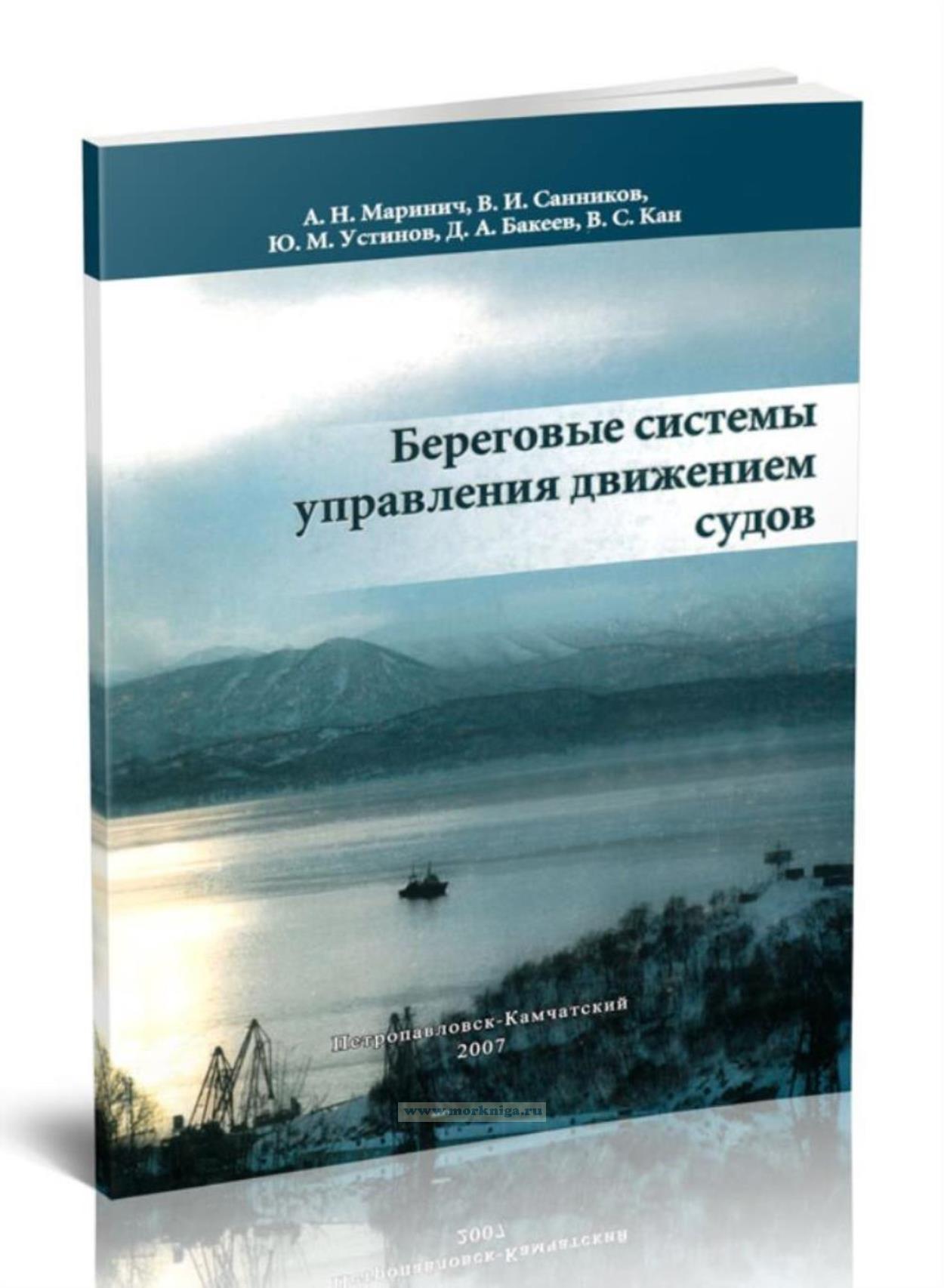 Береговые системы управления движением судов
Береговые системы управления движением судов